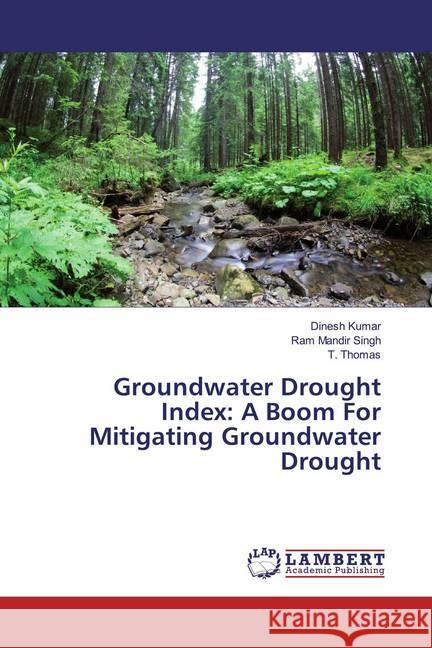Groundwater Drought Index: A Boom For Mitigating Groundwater Drought » książka
Groundwater Drought Index: A Boom For Mitigating Groundwater Drought
ISBN-13: 9786200298676 / Angielski
Much of the recent public concern over climate change tends to focus on rising global mean temperatures. However, climate varies significantly on a regional scale and changing precipitation patterns can be particularly damaging (IPCC, 2007). In fact, drought is estimated to be the most pricey natural disaster in the world (Witt, 1997) and the most complex and least understood of all natural hazards, affecting more people than any other hazard (Wilhite, 2000). A drought is an extended period when a region notes a deficiency in its water supply (Beran and Rodier, 1985; and Panigrahi et al., 1995). Generally, this occurs when a region receives consistently below average precipitation. It can have a substantial impact on the ecosystem and agriculture of the affected region. Although droughts can persist for several years, even a short, intense drought can cause significant damage. Drought and its consequences have long plagued ecosystems and society (Le Roy, 1971). The consequences of drought vary greatly depending on its location, timing, extent and the type of society or social sector impacted by the drought (Gleick, 1993; and Panigrahi et al., 2002).











